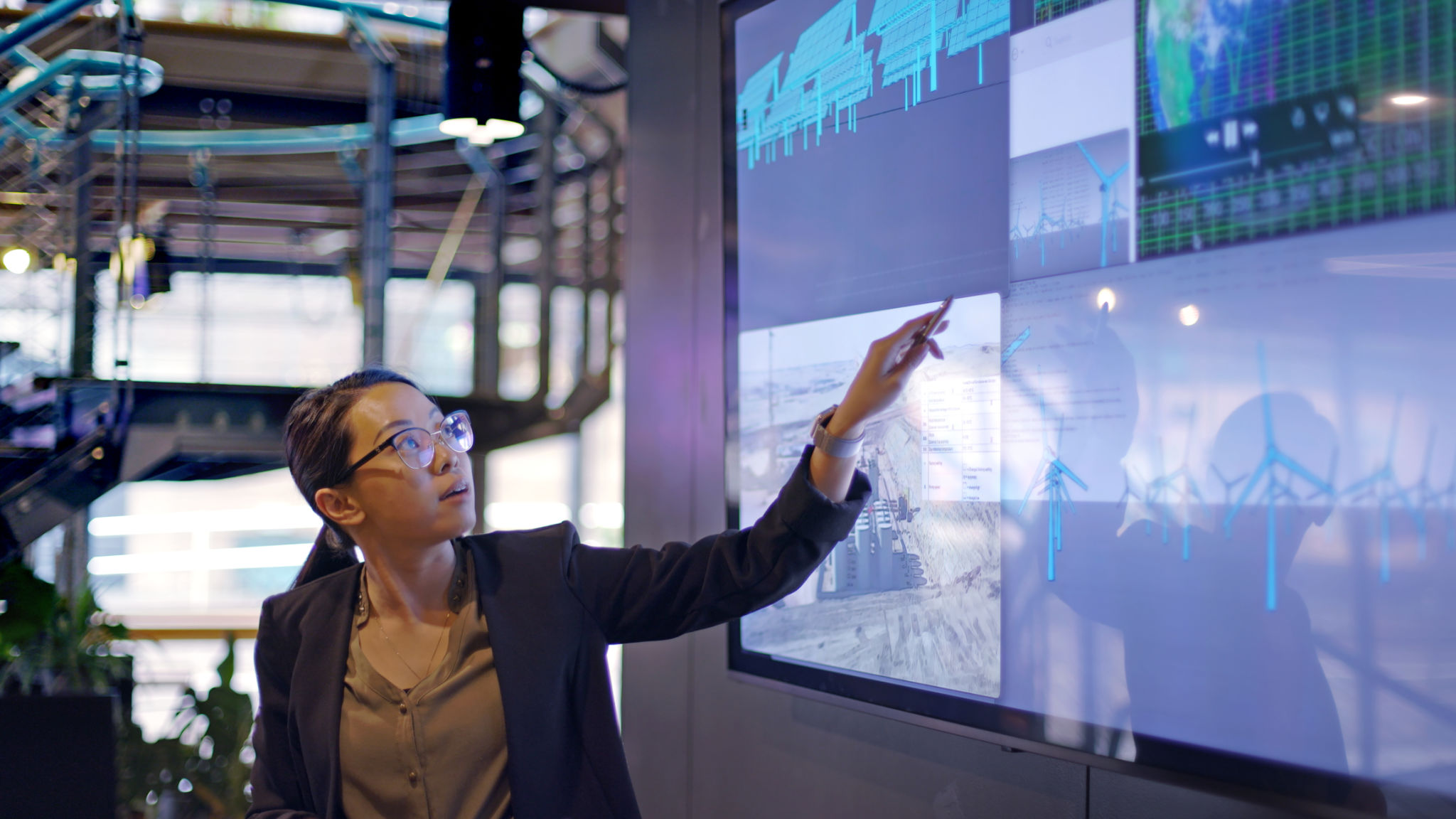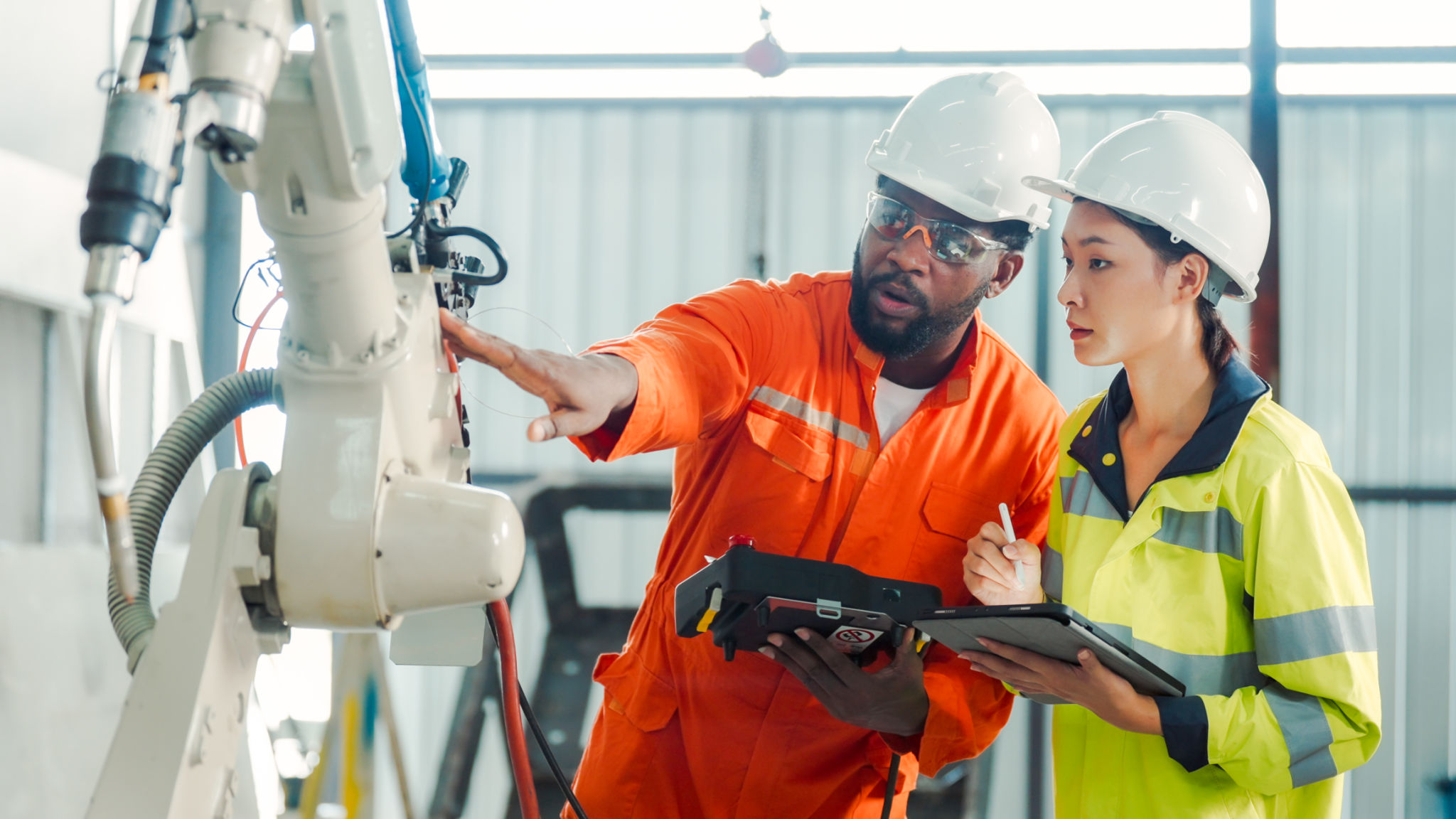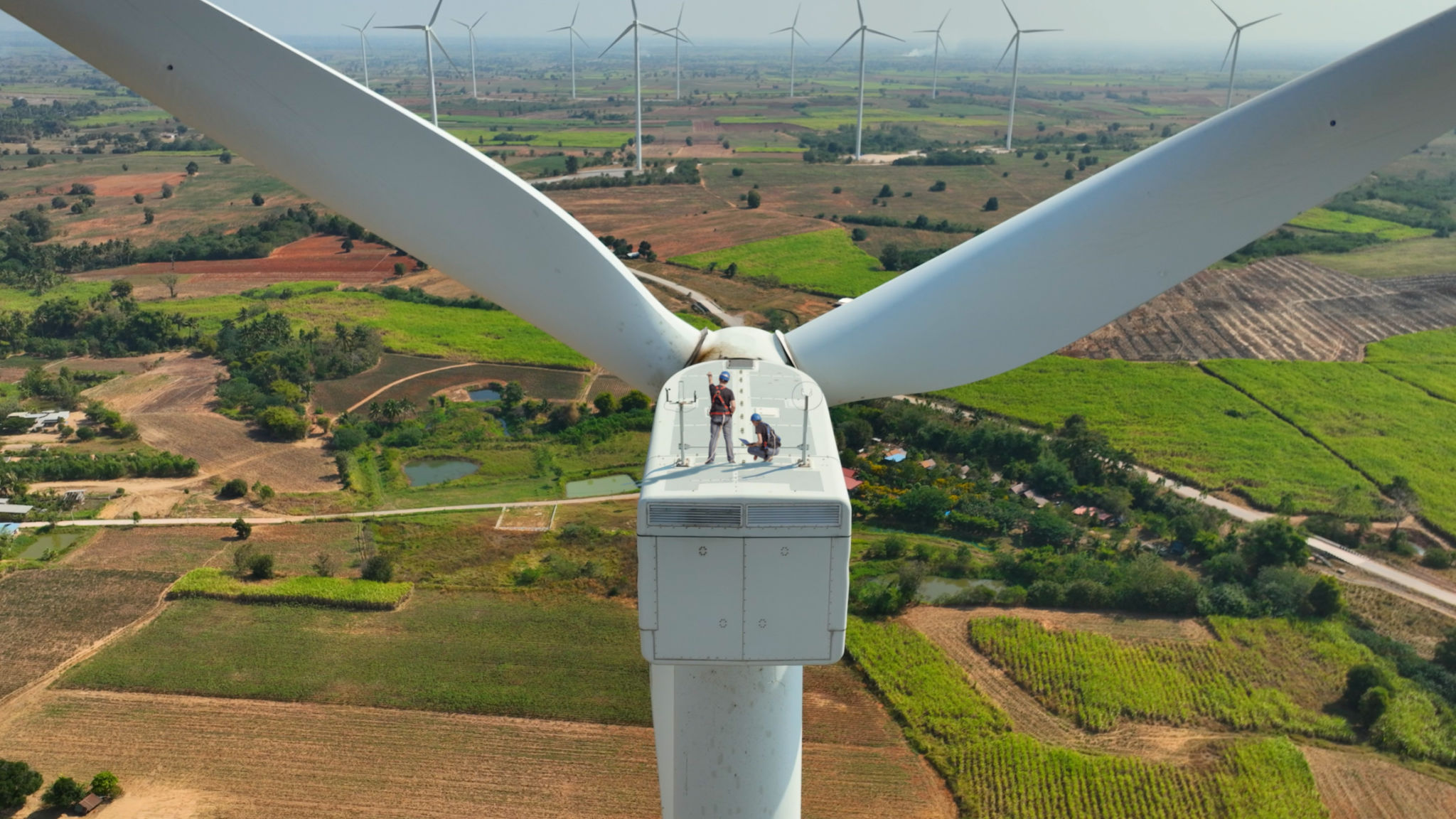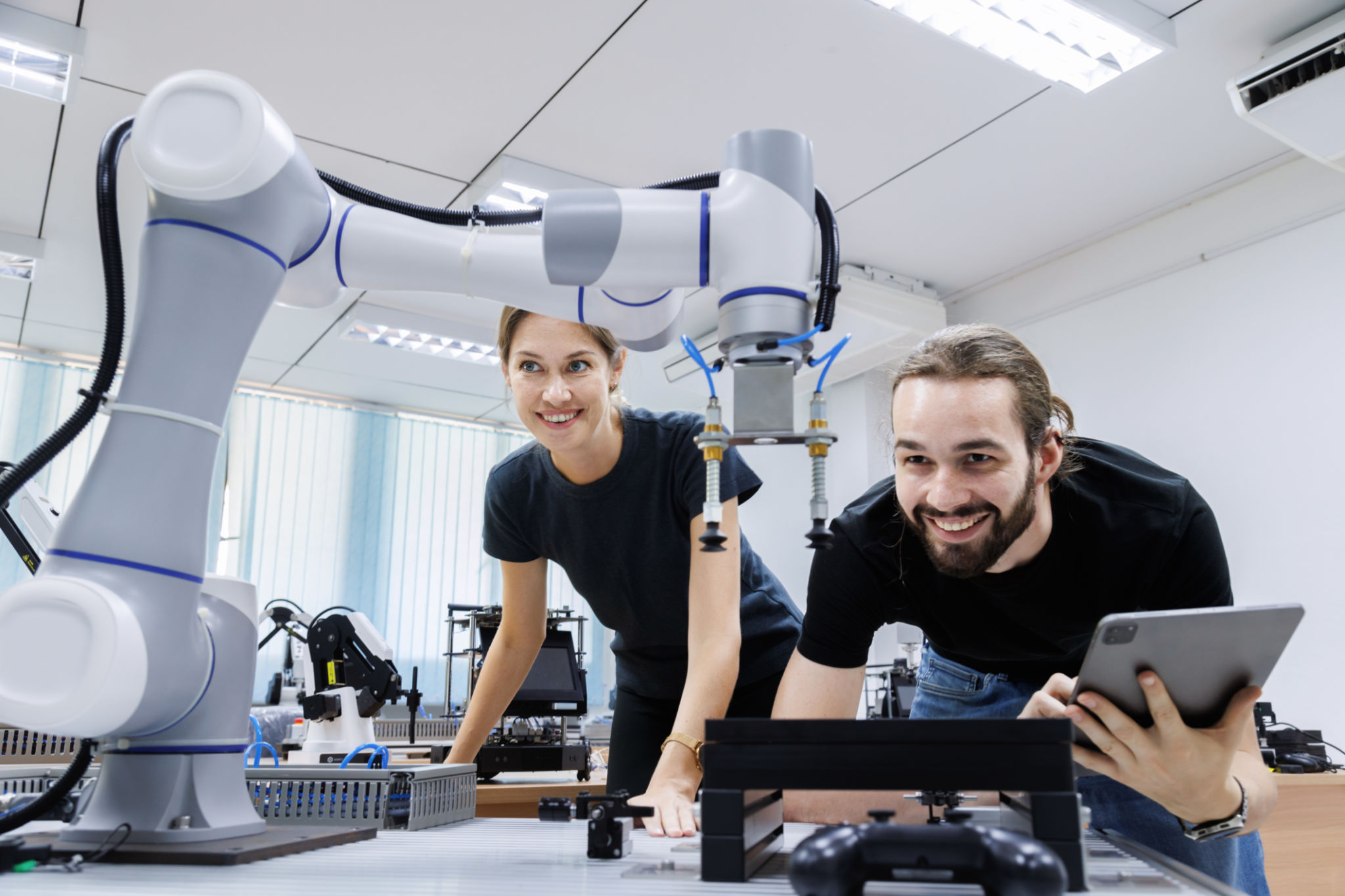Preparing for the Future: The Role of Robotics in Wind Energy
The Growing Importance of Wind Energy
As the world grapples with the challenges of climate change, the shift towards renewable energy sources has become more crucial than ever. Wind energy, in particular, has emerged as a viable and sustainable solution. It offers a clean, renewable source of power that can significantly reduce carbon emissions and dependency on fossil fuels. With advancements in technology, the efficiency and reach of wind energy have expanded, making it an integral component of the future energy landscape.
However, the shift to wind energy is not without its challenges. The industry faces issues such as maintenance, efficiency optimization, and cost reduction. This is where robotics comes into play, offering innovative solutions to overcome these obstacles and drive the wind energy sector forward.

Robotics Enhancing Efficiency and Safety
One of the significant roles robotics plays in wind energy is enhancing the efficiency of operations. Robots can be deployed to perform routine maintenance tasks that would otherwise require human intervention. This not only speeds up the process but also reduces the risk associated with manual inspections at towering heights.
Moreover, robots equipped with sensors and AI capabilities can detect and diagnose issues in turbines quickly. This proactive approach ensures that potential problems are addressed before they escalate, thereby minimizing downtime and maintaining consistent energy production.

Cost Reduction Through Automation
The integration of robotics in wind energy also contributes to significant cost savings. By automating various processes, companies can reduce labor costs and increase operational efficiency. For example, drones used for aerial inspections can cover large areas in a fraction of the time it would take a human crew, offering a cost-effective solution for large wind farms.
These cost savings can be redirected towards further research and development, fostering innovation and encouraging the expansion of wind energy infrastructure globally.
Improving Sustainability
Robotics not only aids in operational efficiency but also enhances the sustainability of wind energy projects. Robots can access hard-to-reach areas without disturbing local ecosystems, reducing the environmental impact that human intervention might cause.
Furthermore, robotic technology can facilitate the recycling and repurposing of turbine components, contributing to a circular economy within the renewable energy sector. This reduces waste and ensures that resources are utilized optimally throughout the lifecycle of wind energy projects.

Future Prospects and Innovations
As technology continues to evolve, the role of robotics in wind energy is expected to expand further. Innovations such as autonomous maintenance robots and AI-driven data analysis tools are on the horizon, promising even greater efficiency and reliability in wind energy operations.
The future may also see collaborative robots, or cobots, working alongside human technicians to enhance productivity and safety in wind farms. This synergy between human expertise and robotic precision will drive the industry towards new heights.
Challenges and Considerations
While the benefits of robotics in wind energy are substantial, there are challenges to consider. The initial investment for robotic technology can be high, which may deter smaller companies from adopting these innovations. Additionally, there are concerns about job displacement as automation becomes more prevalent.
However, with strategic planning and investment in workforce training, these challenges can be managed effectively. By equipping workers with new skills for managing and operating robotic systems, companies can ensure that their workforce remains valuable in an increasingly automated world.

Conclusion: Embracing the Future
The integration of robotics into the wind energy sector is not just an option but a necessity for future readiness. By embracing these technologies, we can enhance efficiency, reduce costs, and improve sustainability. As we prepare for a future powered by renewable energy, robotics will undoubtedly play a pivotal role in transforming how we harness the power of wind.
In embracing this future, stakeholders across the industry must collaborate to overcome challenges and maximize the potential that robotics offers. Together, we can build a cleaner, more sustainable world for generations to come.
